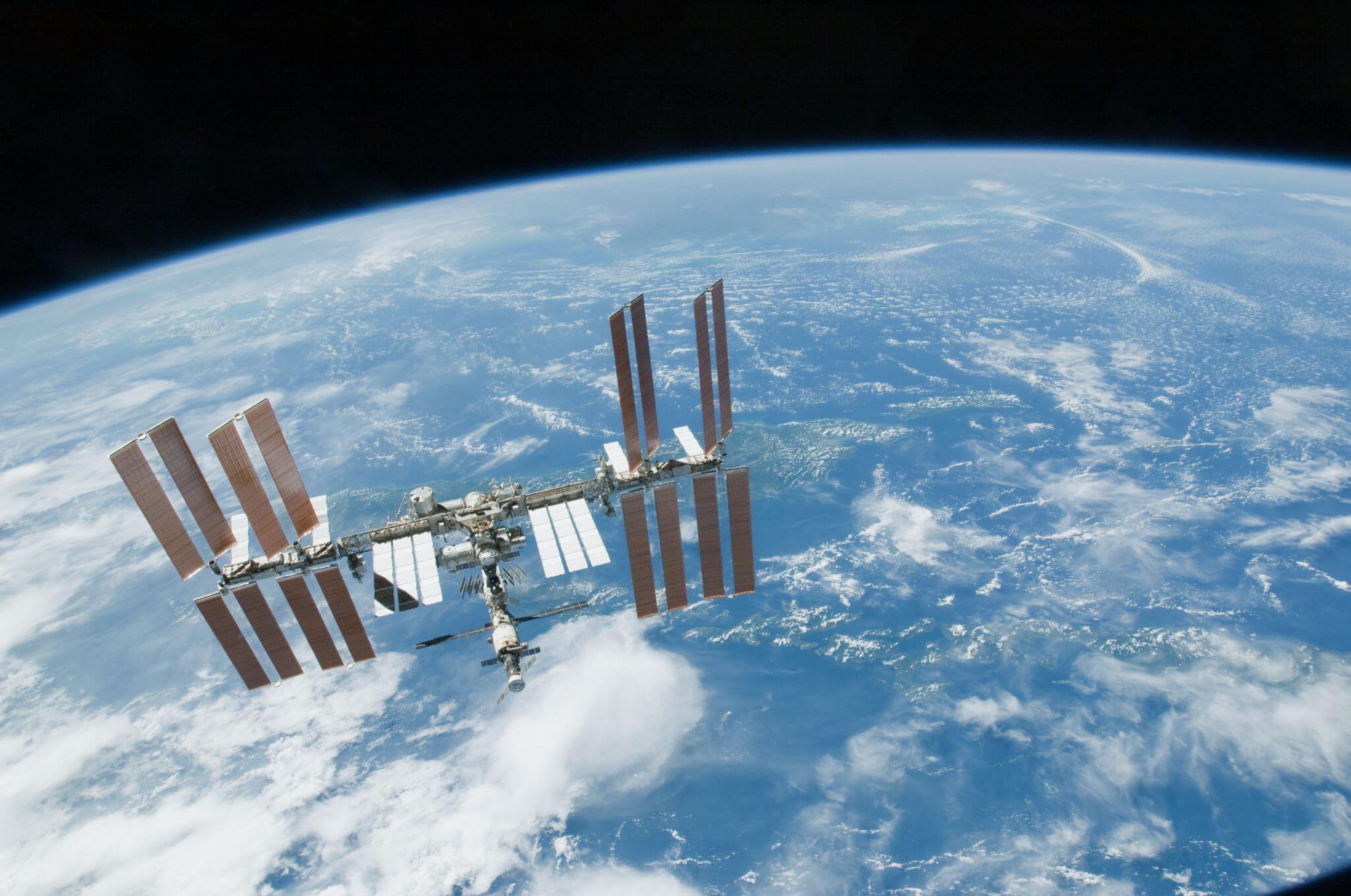The month of June registered some significant departures from the International Space Station (ISS) during June. First to leave was the DRAGON CRS-17 cargo spacecraft which was unberthed at 1235 GMT on 3 June 2019. It formally undocked from the ISS at 1601 GMT when it was released by the robot arm ahead of its re-entry and splashdown. DRAGON CRS-17 fired its engines to deorbit at about 2056 GMT. The trunk, containing the old CATS and SCAN experiments, was jettisoned and destroyed on reentry about 2120 GMT. The reusable capsule C113 landed in the Pacific at about 121W 32N at roughly 2150 GMT.
The PROGRESS MS-10 unmanned expendable cargo craft undocked from the Zvezda module at 0840 GMT on 4 June ahead of its reentry. After a deorbit burn at 1146 GMT on 4 June 2019, it reentered the atmosphere and fragments fell in the Pacific east of New Zealand at 1229 GMT.
At 1015 GMT on 17 June 2019 the J-SSOD-11 dispensers on the end of the Kibo module’s JRMS robot arm released three 1U BIRDS-3 CubeSats
UGIUSU, for Kyushu Inst. of Technology, NEPALISAT-1 for Nepal Academy of Science and Technology (Kathmandu); and RAAVANA-1 for
the Arthur C. Clarke Institute of Modern Technologies (Colombo/Moratuwa, Sri Lanka). Five minutes later, at 1020 GMT, the JSODD-11 dispensers also released SPOOQy-1 3U CubeSat for the National University of Singapore.
At 2352 GMT on 24 June 2019, Soyuz MS-11 with astronauts Konononeko, McClain and Saint-Jacques aboard undocked from the Poisk module ready for its re-entry. Soyuz MS-11 landed in Kazakhstan at 0247 GMT on 25 June 2019.
At 2005 GMT on 27 June the RED-EYE microsatellite owned by DARPA was launched from the ISS using he DEXTRE robot arm. It has originally been taken to the ISS by Dragon CRS-17.
All times from Jonathan McDowell. Phil Hylands contributed to this report.








